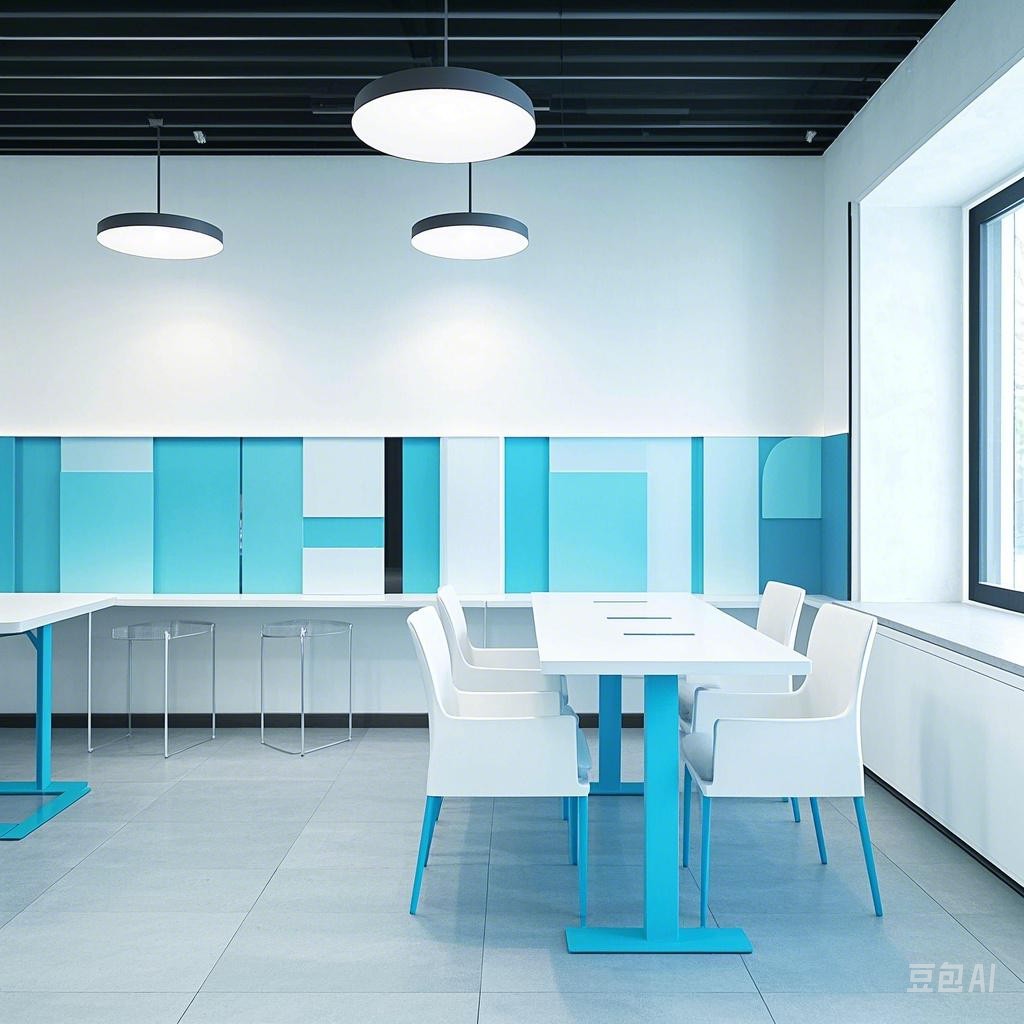Introduction
The entertainment industry, long dominated by traditional methods, is undergoing a transformative shift with the advent of electric technologies. This article delves into the electric showbiz revolution, exploring how innovations like electric vehicles, renewable energy, and digital platforms are reshaping the landscape of theater and performance arts.
The Electric Vehicle (EV) Impact
Electric Vehicles in Production
Electric vehicles (EVs) are not just a trend in the automotive industry; they are becoming a symbol of sustainability and innovation. Theaters, recognizing the potential of EVs, are integrating them into their operations to reduce their carbon footprint.
Case Study: The Green Theater
The Green Theater in Los Angeles has taken a bold step by replacing its fleet of delivery vehicles with electric trucks. This initiative has significantly reduced the theater’s emissions and showcased its commitment to environmental responsibility.
Electric Vehicles in Transportation
The shift to electric vehicles extends beyond production to transportation. Theaters are encouraging audiences to arrive in EVs by offering charging stations and discounts for those who use electric vehicles.
Case Study: The Electric Shuttle Service
The Broadway theater district in New York City has introduced an electric shuttle service for audience members. This service not only reduces traffic congestion but also promotes the use of sustainable transportation.
Renewable Energy and Theatres
Solar Power
Renewable energy sources, such as solar power, are becoming increasingly popular in the theater industry. Theaters are installing solar panels to generate their own electricity, reducing their reliance on traditional power sources.
Case Study: The Solar-Powered Opera House
The Solar-Powered Opera House in Sydney has become a beacon of sustainability. With over 5,000 solar panels, the opera house produces enough energy to power its entire facility.
Wind Power
In areas with favorable wind conditions, theaters are exploring wind power as an alternative energy source. Wind turbines can provide a significant portion of the energy needed for theater operations.
Case Study: The Wind-Powered Playhouse
The Wind-Powered Playhouse in rural Iowa utilizes wind turbines to generate a substantial amount of its electricity. This initiative has not only reduced the theater’s carbon footprint but also provided a unique educational experience for visitors.
Digital Platforms and Virtual Performances
Streaming Services
The rise of streaming services has revolutionized the way audiences consume theater performances. Theaters are now able to reach a global audience through digital platforms, expanding their reach and revenue streams.
Case Study: The Virtual Broadway
The Virtual Broadway platform allows theaters to stream live performances to audiences worldwide. This service has become particularly popular during times when traditional performances were canceled due to unforeseen circumstances.
Interactive Experiences
Digital platforms are not just limited to streaming; they are also enabling interactive experiences. Theaters are using virtual reality (VR) and augmented reality (AR) to create immersive experiences for their audiences.
Case Study: The VR Theater
The VR Theater in London offers audiences a unique experience where they can explore different settings and characters through VR technology. This initiative has attracted a new generation of theater-goers who are fascinated by the possibilities of digital entertainment.
Conclusion
The electric showbiz revolution is reshaping the theater industry, promoting sustainability, innovation, and global connectivity. As theaters continue to embrace electric technologies and digital platforms, the future of performance arts looks brighter and more diverse than ever before.
